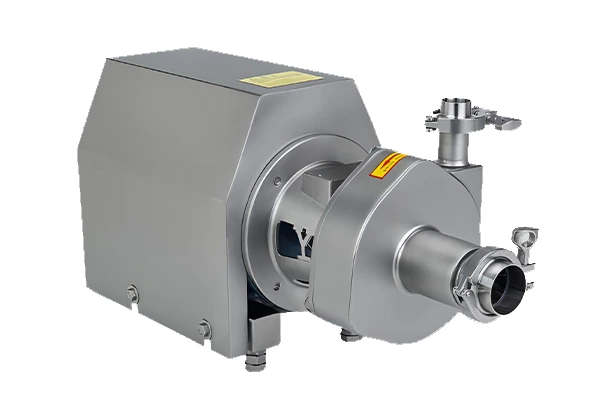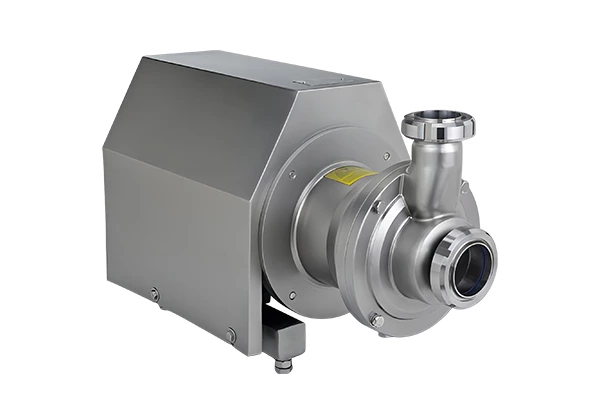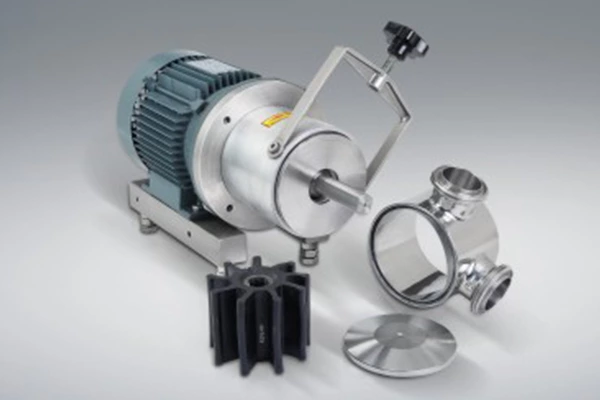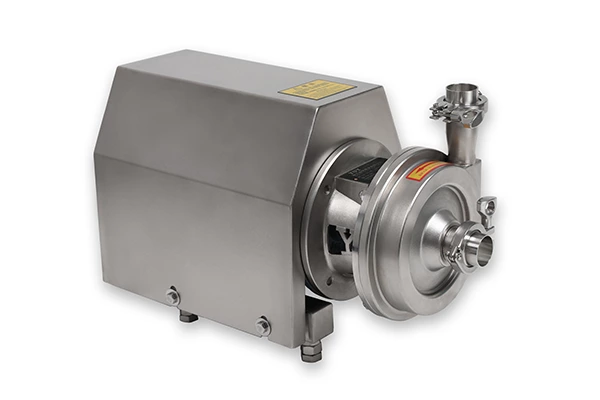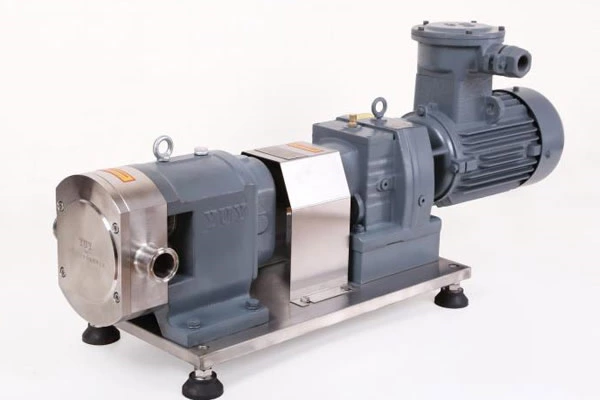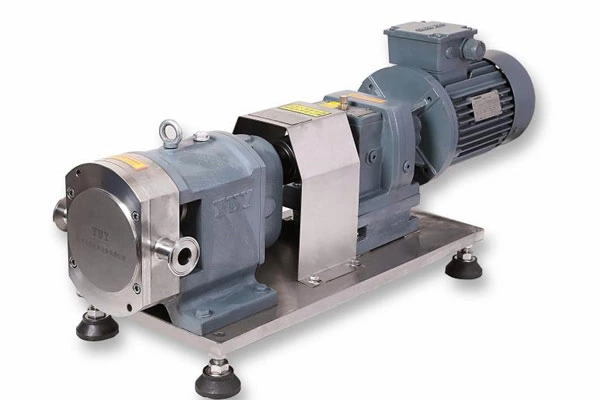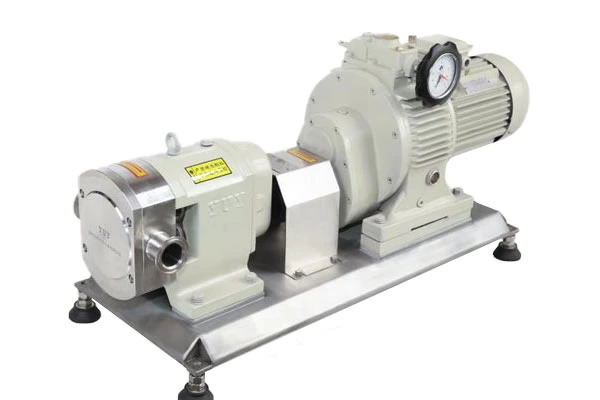Operating Requirements Of Sanitary Negative Pressure Pumps
Sanitary Negative Pressure Pump is a vertical submersible structure. When working, the pump body is immersed in water, and the submersible depth can reach 0.5 to 5 meters. It adopts a unique single-blade or double-blade impeller structure, which can effectively pass fiber materials 5 times the diameter of the pump and solid particles with a diameter of 50% of the diameter. The submersible sewage pump is a new generation of submersible sewage pump products developed based on the advanced technology at home and abroad and the use characteristics of submersible pumps. It has the characteristics of significant energy saving, anti-winding, no clogging, etc., and has unique effects in discharging solid particles and long-fiber garbage.
The sanitary negative pressure pump adopts a unique large-channel impeller structure, which greatly improves the ability to pass dirt and can effectively pass solid particles with a diameter of about 20% to 30% of the pump diameter; the mechanical seal adopts a new hard and corrosion-resistant tungsten carbide material, and the seal is improved to a double-end seal, so that it can operate in the oil chamber for a long time, and the pump can run safely and continuously for more than 8,000 hours; it can be equipped with a liquid level automatic control cabinet according to the needs of users, which can automatically control the start and stop of the unit according to the change of liquid level, without the need for special personnel to watch, and is extremely convenient to use and easy to achieve automatic management. The hydraulic performance of this submersible sewage pump is advanced and mature. The product has been tested and all performance indicators meet the relevant standards. After the product was put on the market, it was welcomed and praised by the majority of users for its unique efficacy, reliable performance, and stable quality.
How to use and precautions for sanitary negative pressure pumps:
1. The pipeline connected to the pump outlet should be equipped with a separate bracket. Its weight is not allowed to be added to the pump body.
2. The water pump must be equipped with a fully automatic water pump control cabinet unless there are special circumstances. Do not directly connect to the power grid or use a knife switch to connect the current to ensure the normal operation of the water pump.
3. Before using the pump, carefully check whether the pump and motor are damaged. Check the tightness of the fasteners.
4. Turn the pump to check whether there is any friction sound. At the same time, check the concentricity of the pump shaft and the motor shaft. The outer circle deviation of the two couplings shall not exceed 0.5mm
5. The water pump shall not be operated in a low head state for a long time (the general use head shall not be less than 60% of the rated head). It is best to control it within the recommended use head range to prevent the water pump from burning the motor due to overload.
Maintenance of sanitary negative pressure pumps:
1. After each use, especially for thicker and more viscous slurries, the water pump should be placed in disinfectant water and run for several minutes to prevent sediment from being left in the pump and ensure the cleanliness of the water pump.
2. The water pump should be managed and used by a dedicated person, and the circuit and operation of the water pump should be checked regularly to see if they are normal.
3. Under normal conditions, the oil (10-30# oil) in the oil chamber should be added or replaced after every 300-500 hours of use of the pump to keep the mechanical seal in good lubrication and increase the service life of the mechanical seal.
4. The sealing ring between the impeller and the pump body has a sealing function. If the sealing ring is damaged, it will directly affect the performance of the pump and should be replaced if necessary.
